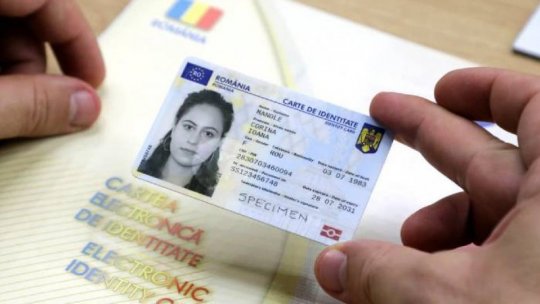New Public Healthcare Legislation
Tuesday’s Government meeting had on its agenda two important measures designed to improve the Romanians’ social protection.

Articol de Radio România Internaţional, 15 Mai 2014, 10:07
The Government passed on Tuesday a draft resolution on the basic and minimal healthcare service packages.
As Healthcare Minister Nicolae Banicioiu put it, “it is an important measure for the healthcare system and for all Romanians. We can actually talk about redefining the minimal set of services and the basic service package, in the interest of patients.”
According to Minister Banicioiu, the principles underlying the restructuring of these services are the improvement of patients’ access to the healthcare services provided by family physicians and by specialized practices, and the development of prevention services.
The novelty as regards the basic package is the compulsory risk monitoring for patients displaying no symptoms.
This consists in a compulsory appointment to family physicians every three years for patients up to 39 years of age and every year for patients over 40 years of age.
The funds earmarked for this programme have been increased, so that outpatient services may be provided at lower costs, which would also reduce the number of hospital admissions and reduce the burden on hospitals.
The contract also introduces the obligation of providing the services in these packages free of charge.
Another aim of the new measure is to reduce bureaucracy, by introducing the use of electronic referrals letters and of patients’ electronic healthcare file.
Also on Tuesday, the Public Healthcare and Labour Ministers signed a joint order changing the criteria for defining patients with hemiplegia / hemiparesis who require part-time or full-time assistance, as persons with disabilities.
This measure was necessary because so far the people suffering from such conditions did not benefit from the rights provided by the legislation on persons with disabilities.
Romania, which has around 70 thousand such patients, is thus implementing the criteria and recommendations of the World Health Organisation regarding the protection of hemiplegia / hemiparesis patients.









